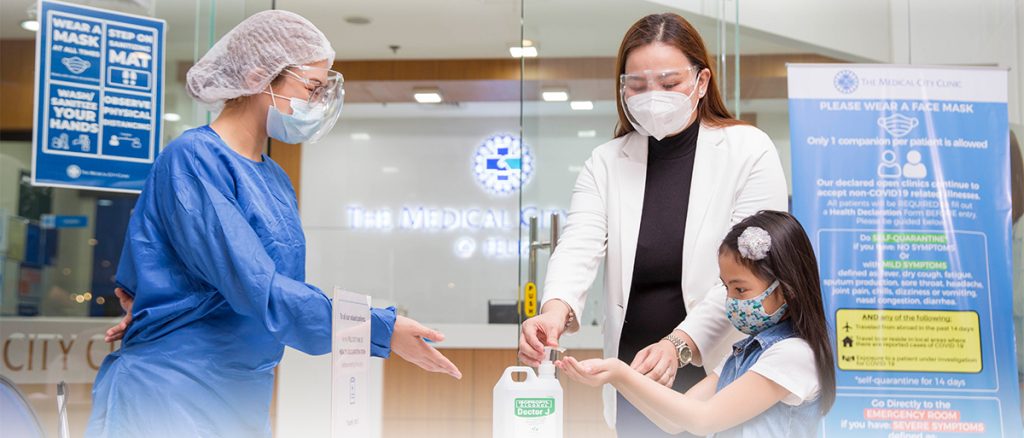In recent years, surgical procedures have witnessed remarkable advancements that have revolutionized patient care. At HUMC (Hospital University Medical Center), a leading medical institution at the forefront of innovation, cutting-edge technologies and techniques are being harnessed to enhance surgical outcomes and improve patient well-being. This article explores the various innovations in surgical procedures at HUMC and their profound impact on advancing patient care.
The Role of Technology in Modern Surgery
Technology plays a pivotal role in modern surgical procedures, enabling surgeons to perform complex operations with precision, efficiency, and safety. From robotics and imaging technologies to advanced materials and implants, these innovations have transformed the landscape of surgical care.
Robotics and Minimally Invasive Surgery

Robotic-assisted surgery has emerged as a groundbreaking innovation in the field of surgery. At HUMC, state-of-the-art robotic systems, such as the da Vinci Surgical System, are used to perform minimally invasive procedures. These robotic systems provide surgeons with enhanced dexterity, 3D visualization, and improved control during surgeries, resulting in reduced trauma to the patient, smaller incisions, and faster recovery times.
Precision and Imaging Technologies
Precision and imaging technologies have significantly improved the accuracy and efficiency of surgical procedures. Advanced imaging techniques, such as magnetic resonance imaging (MRI) and computed tomography (CT) scans, enable surgeons to precisely locate and assess the extent of a condition before surgery. Intraoperative imaging tools, such as fluoroscopy and ultrasound, aid in real-time guidance during surgeries, ensuring optimal outcomes.
Advanced Materials and Implants
The development of advanced materials and implants has revolutionized surgical interventions. At HUMC, innovative biomaterials are used for reconstructive surgeries, orthopedic procedures, and organ transplantation. These materials promote tissue regeneration, enhance implant integration, and reduce the risk of complications, ultimately improving patient outcomes and quality of life.
Enhanced Recovery after Surgery (ERAS) Programs
Enhanced Recovery after Surgery (ERAS) programs have transformed the postoperative care landscape. These multidisciplinary programs, implemented at HUMC, focus on optimizing patient preparation, pain management, nutrition, and mobilization after surgery. By employing evidence-based protocols and personalized care plans, ERAS programs facilitate faster recovery, reduced hospital stays, and improved patient satisfaction.
Artificial Intelligence in Surgical Procedures
Artificial Intelligence (AI) is making significant strides in surgical procedures. HUMC utilizes AI algorithms to analyze patient data, predict surgical outcomes, and assist surgeons during complex procedures. AI-powered surgical planning and navigation systems provide real-time feedback, ensuring precision and reducing the risk of errors. The integration of AI in surgical workflows holds immense potential for enhancing patient safety and surgical efficiency.
The Impact of Innovations on Patient Care
The innovations in surgical procedures at HUMC have had a profound impact on patient care. Patients now experience reduced pain, shorter hospital stays, and faster recovery times. Minimally invasive techniques result in smaller incisions, reduced scarring, and improved cosmetic outcomes. The precision and imaging technologies enable surgeons to achieve optimal surgical outcomes, while advanced materials and implants enhance patient comfort and long-term functionality.
Conclusion
Innovations in surgical procedures at HUMC have propelled patient care to new heights. Through the adoption of cutting-edge technologies, such as robotics, precision tools, and AI, surgical interventions have become more precise, less invasive, and highly efficient. These advancements have revolutionized the patient experience, offering improved outcomes, faster recovery, and enhanced quality of life.

Leave a Reply